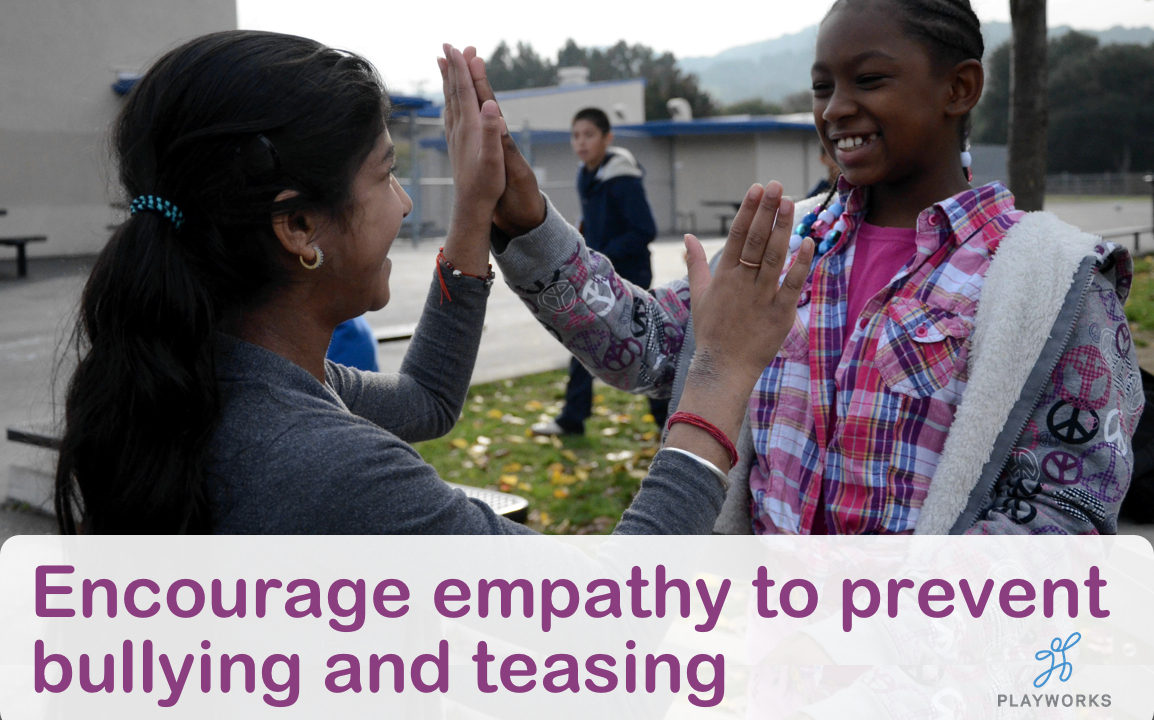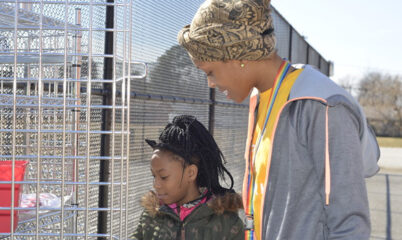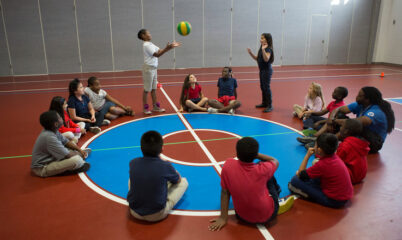Over the past few years, instances of bullying have been in the news frequently. Many new bullying curriculum and programs have been developed. Anti-bullying legislation has been passed in 49 states. The term bullying is so commonly used our kids are confused. “Mommy, today a girl called me a stick. Is that bullying?” Well…
According to StopBullying.Gov, the definition of bullying is unwanted, aggressive behavior among school aged children that involves a real or perceived power imbalance. The behavior is repeated, or has the potential to be repeated, over time.
Your daughter’s experience may be just teasing. But it may also be one behavior in a series of several others causing lasting harm. You can help her recognize the difference by asking your daughter some questions, like how did that make you feel? Do you think it was bullying? Is that girl a friend of yours? Has that happened before? Does this happen a lot?
Teasing can also be hurtful. The nuances between bullying and teasing are small, but can help us understand and support our children.
Some teasing, in which both parties perceive as positive, can actually be prosocial and support relationship building among children, one study found. In fact, it is not uncommon for friends, even family, to frequently tease each other. This kind of teasing is meant to be playful and affectionate.
But when the teased party does not see it as positive, it’s a different story. Some friends may be too quiet or reserved to speak up, then teasing can go too far — even to the point of bullying.
When students reach middle grades and begin exploring deeper friendships, the amount of teasing typically increases — and as a result so does the amount of teasing that becomes hurtful instead of funny.
As the adults in our kids’ lives, it is our job to teach our kids to be aware of hurting others, and to recognize when others are being hurt. Regardless of playful teasing or bullying, children and adults can correct their own hurtful behavior or stand up for others when teasing goes too far.
We must act with and encourage empathy in order to create a culture of kindness that prevents teasing from going too far. In fact, we can teach our children a few simple things to help:
-
Teach children to be mindful of peer’s facial expressions and to recognize hurt emotions.
-
Encourage kids to listen for unnatural (or no) laughter from the teased party.
-
Help kids understand open or closed body language, such as crossed arms.
-
Teach kids to step in when hurtful teasing occurs, such as by providing a positive comment that contradicts the teasing, changing the topic, or checking in with the teased peer after the event.
There can be a fine line between teasing and bullying, but when we teach our kids to recognize it, we empower them to prevent the tragedies we too often read about in the news.
How do you help your child deal with teasing and bullying?



